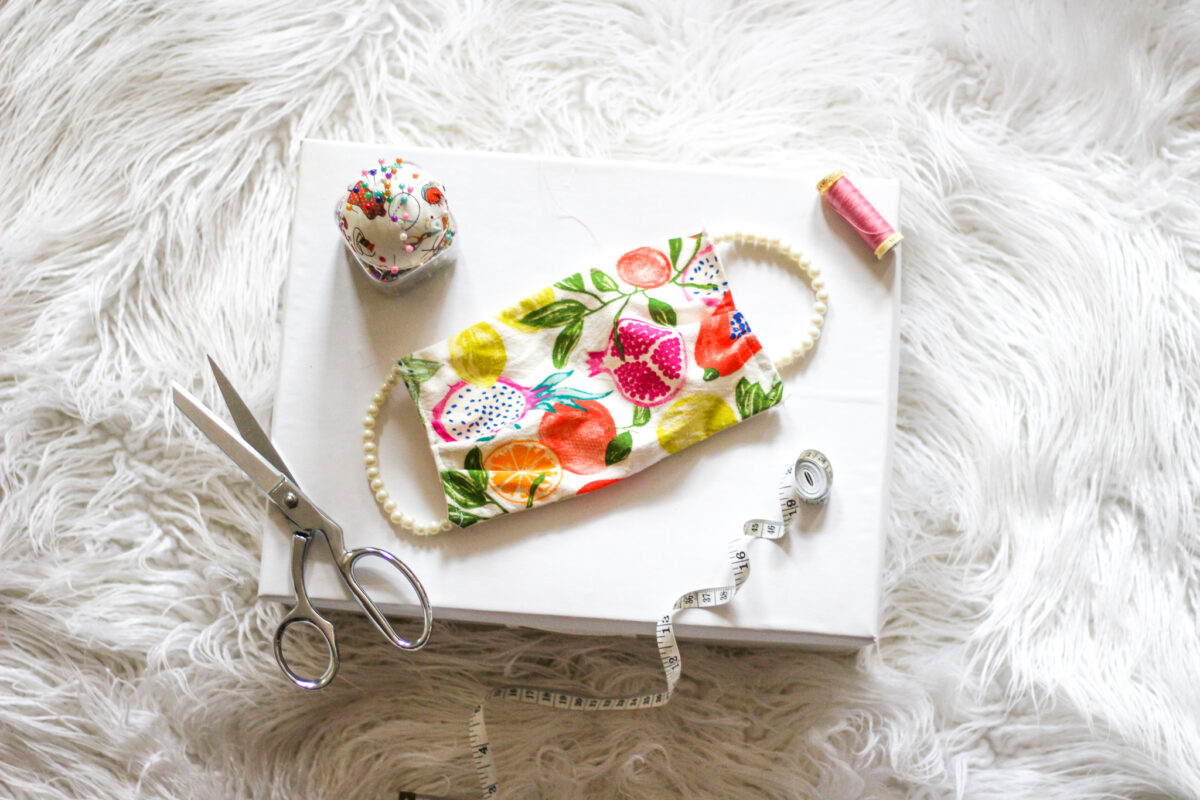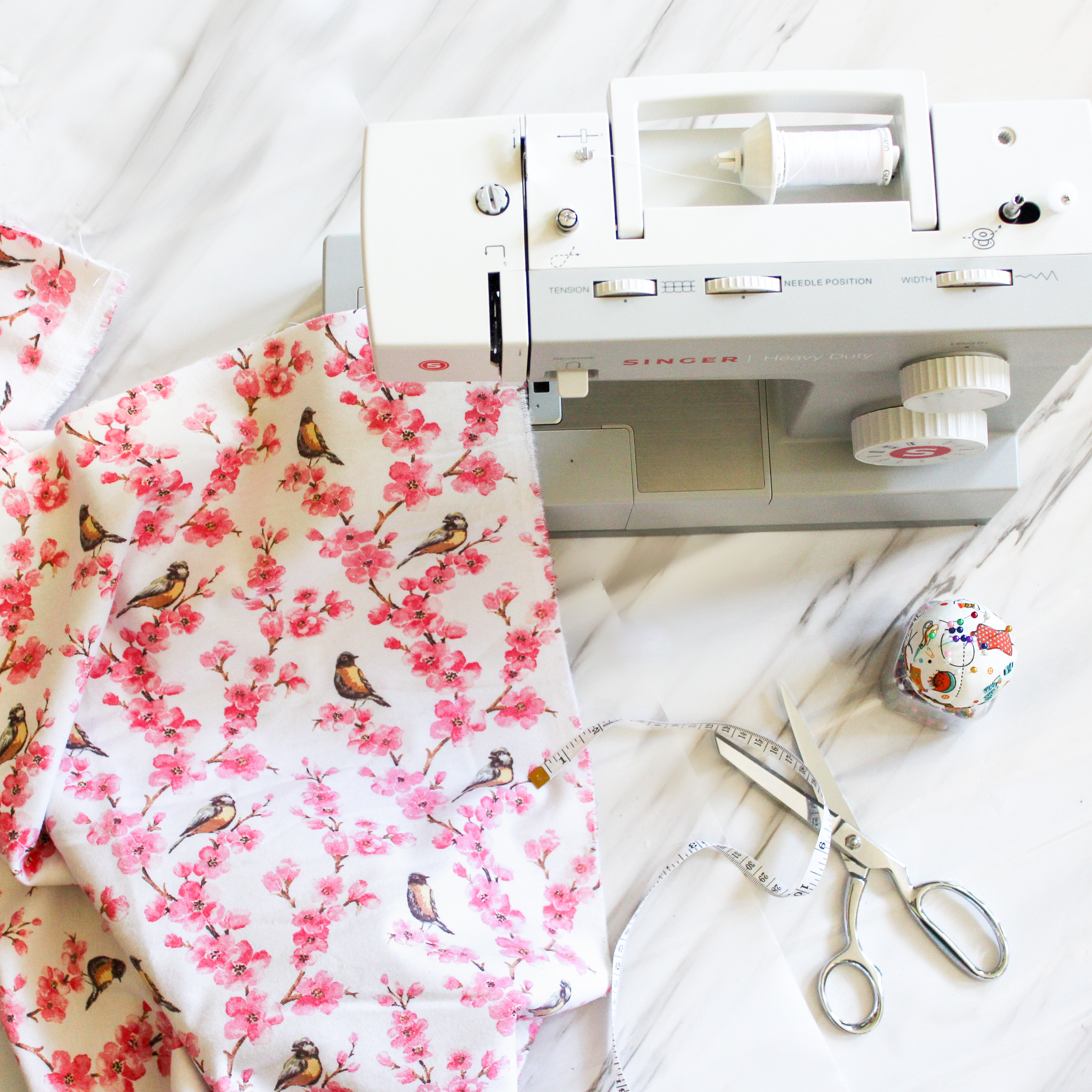
During this pandemic I’ve been doing a lot of sewing. I grew up doing some sewing with my mom, took a few classes in high school, and have been making alterations to garments since then. But I wasn’t able to take on many from-scratch projects until my family chipped in to buy me a sewing machine for my birthday last year. And with all this extra time (and stress to work out), the pandemic has been a perfect moment to dive into garment making.
I’m still making beginner kinds of garments, skirts, tops, basic jackets, things like that. But I’ve learned a lot even just in the past few months of regular work.
Re-Threading Heals All Most Wounds
Most issues can be solved by re-threading the machine. For most people I think the bobbin can be the tricky piece but strangely the needle on my machine likes to come unthreaded, sometimes in the midst of a seam. Either way, I find that when I run into a problem (machine won’t stitch, thread is bunching underneath, stitches disappear, etc.) it can be solved with a simple re-thread.
Nothing Gets Done Without an Iron
I’m a longtime lover of the steamer for getting wrinkles out of clothes. In fact I didn’t even own an iron until I started getting serious about sewing. Who has space for that in a studio apartment? But it turns out you can’t really make anything without an iron. Seams need to be pressed open, hems need to be ironed for stability before being stitched, and of course, fold wrinkles have to be ironed and ironed and ironed to get that line out. Going in I had no idea how important the iron would be, now I don’t start any project without it.

The Internet is Your Best Friend
This was not true when I first learned to sew! But now that we live in the hyper modern age, the internet is an incredibly helpful tool. I tend to turn first to my machine manual for instruction, but online you can find tutorials for virtually any skill. Singer also has tutorials for each machine so I can watch a video specifically about my sewing machine and how to use it for certain techniques. You can also download patterns via PDF, often for free. Especially during a time when I can’t take an in-person class, online videos have been extremely helpful.
Patience is an Essential Virtue
Patience is essential when learning to sew because you’re going to mess up. A lot. And it can be super frustrating especially when you can’t immediately identify the problem. The important things to remember is that things can almost always be taken out and redone, rarely can you ruin a project completely. I’ve also had to exercise patience to remind myself that I’m still a beginner. My fashion mind is constantly dreaming up new, elaborate garments I want to make. And while I’m learning a lot quickly and have designed a few new things on my own, I’ve learned to pace myself and not bite off more than I can chew.